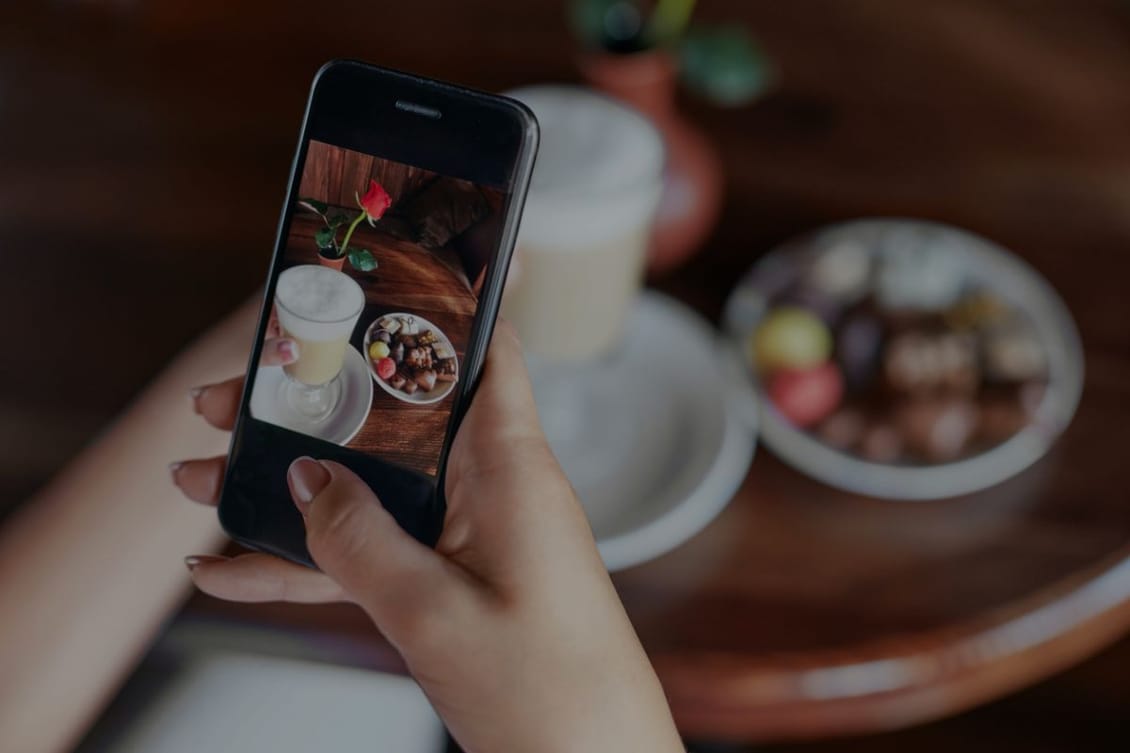
A big welcome to the 23 new foodies who have joined us this week — you’ve got good taste.
If you too have good taste then subscribe to The Sauce — InFlavour's content & insights community, run by global experts. Sink your teeth into stories about food, worth sharing, and receive insights, ideas, opinions, trends, and strategies straight to your inbox.
Keep up with our weekly newsletters on LinkedIn by subscribing here.
What mashups and ‘rat snacking' have in common is that they’re both F&B trends in 2024. And they’re both driven by social media sharing.
A surprising combination of two or more foods. That may or may not be delicious – depending on your personal taste.
According to a survey by The Kitchn, 48% of home cooks want to try more new recipes in 2024; and 62% of food experts said that creative mashups of popular foods and flavours would be a fast-growing trend throughout this year.
People are drawing inspiration from increasingly experimental restaurant food that blends flavours from across cultures, and showing even the least confident of cooks that it’s OK to be playful and adventurous with food.
But professional chefs aren’t the only driver behind this trend. Far from it, actually.
…and many, many more.

This one needs a bit more explaining than mashups, doesn’t it.
Rat snacking is a TikTok trend that involves humans copying the behaviour of rodents – by hunting around for bits of leftover food, and then trying to come up with a meal using only those leftovers, or just…eating them as tiny, random snacks.
In a report published by supermarket chain Waitrose, rat snacking was defined as “The unashamed joy of eating unusual snack combos (that only you enjoy!) often made from raiding the kitchen cupboards.”
It’s pretty much the same as mashups, but just a little bit weirder. And the hashtag #ratsnack on TikTok has garnered around 13 million views.
There are numerous factors at play – including a growing consumer preference for novel and unique flavour experiences, that taps into our natural tendency towards variety-seeking behaviour.
Experimentation is fun. And the increased adoption of cross-cultural blends of flavours and textures reflect a growing awareness of how much diversity and open-mindedness can add to our experience of food (and life).
But a key driving force behind the rise of mashups and rat snacking is social media.
People love to share – and surprising food combinations are very shareable. On social media platforms, food trends go viral very quickly; and when they feature unique ideas or visually striking experiments, they’re more likely to be picked up in a sharing wave.
Trends like mashups and rat snacking are easy for anyone to get involved in. So they drive sharp spikes in sharing, and lengthen the life cycle of the trend’s virality.
In short, bizarre trends work well on social media. So it’s worth thinking about how your food brand could maximise the potential of that fast-paced, low-cost viral potential – and drive brand awareness by digging deep into experimental food ideas online.
We want to know about the strangest snacks you’ve seen on the internet – or the ones you make when you’re home alone.
Mark your calendars for our next newsletter on 09 August 2024. Is there anything specific you'd like to see covered? We'd love to hear from you! Click here to share your suggestions.
Until next week,
Aravind Kanniah,
Exhibition Director
If you want to stay ahead of the latest developments in F&B, register now to attend InFlavour 2024. We can’t wait to see you there.
Take your seat at the InFlavour table, a government-backed and world-leading B2B food event by Tahaluf.
E-mail address SubmitWant to keep up to date with all our latest news and information? Enter your name below to be added to our mailing list.
E-mail address Submit